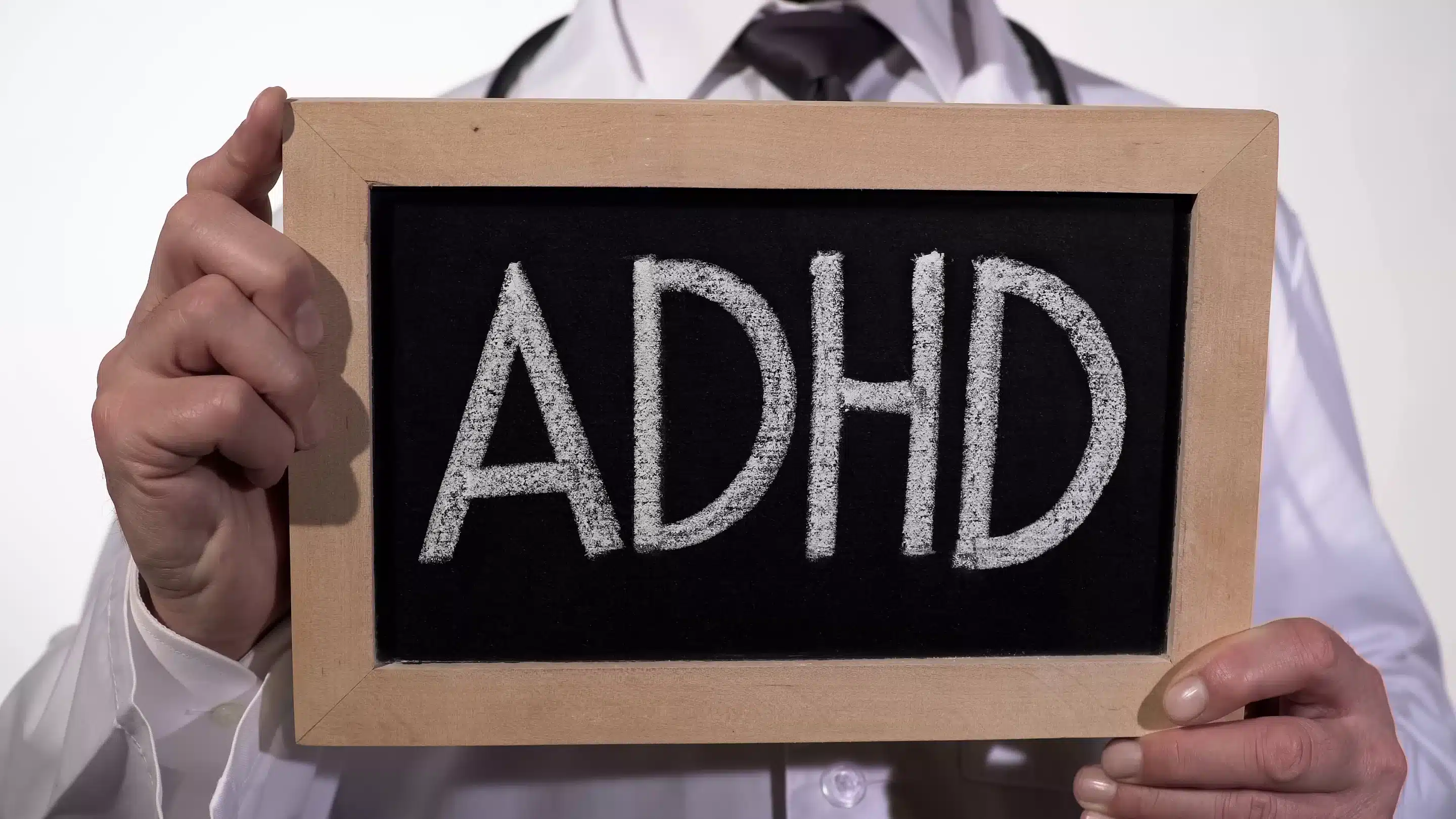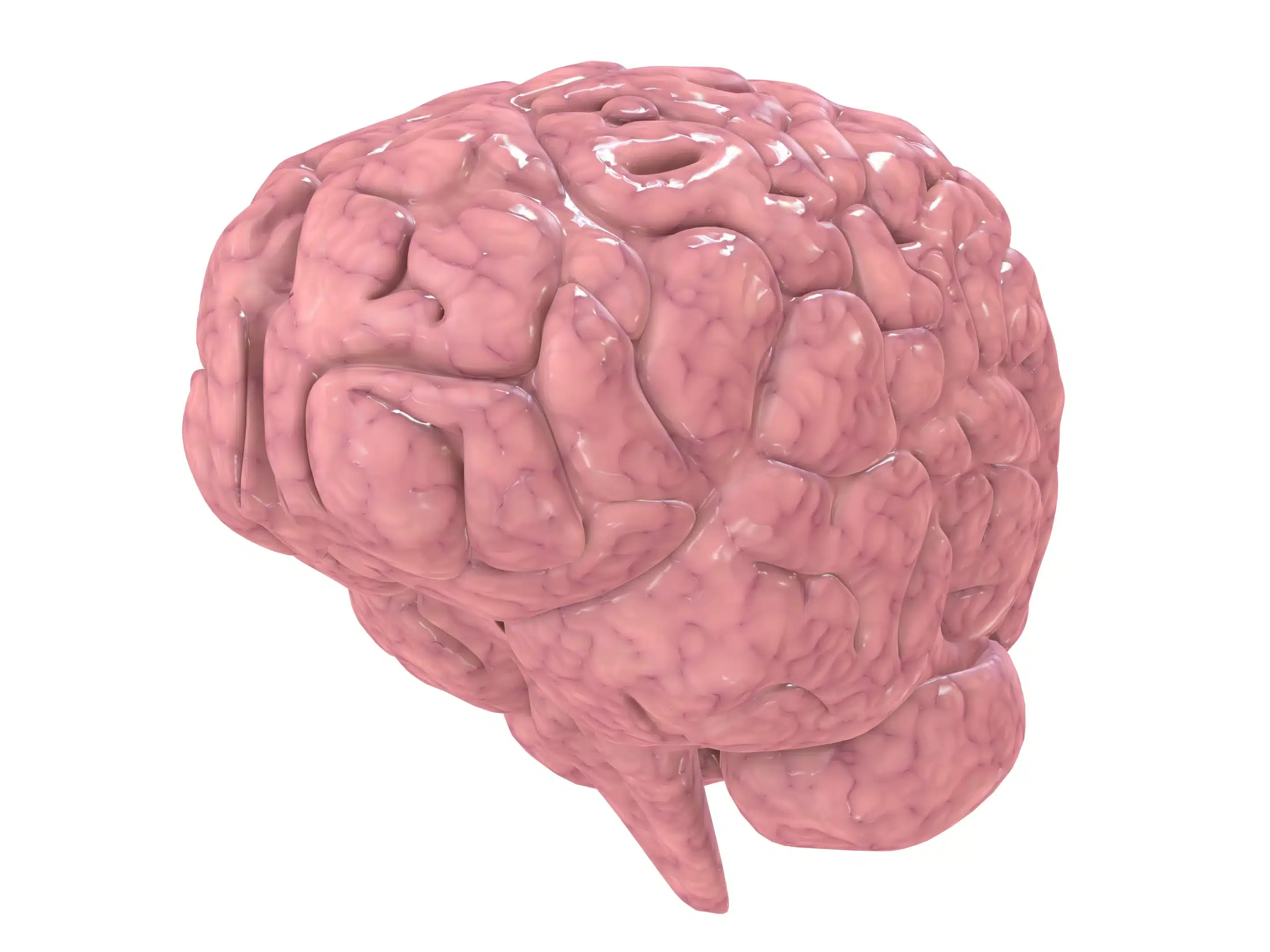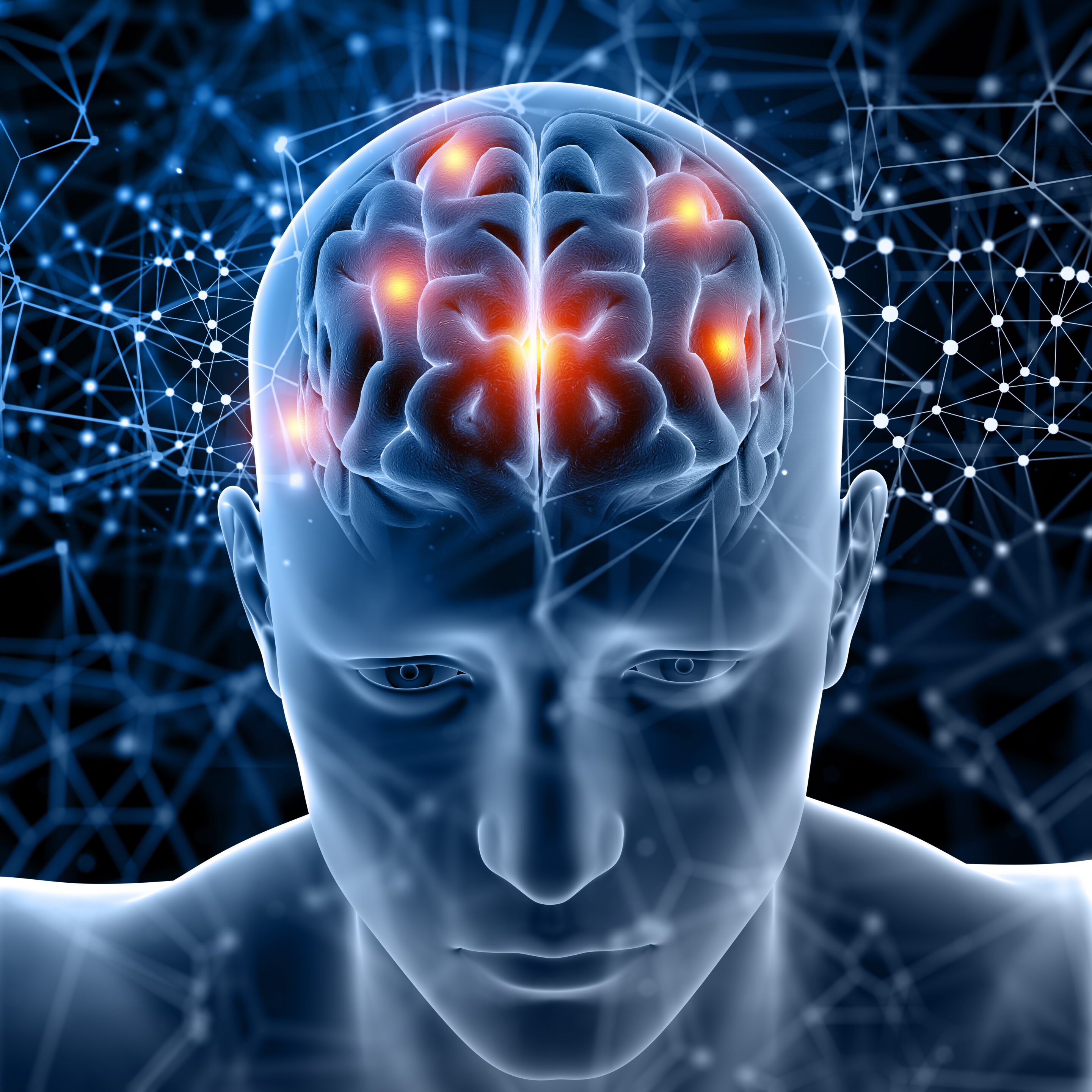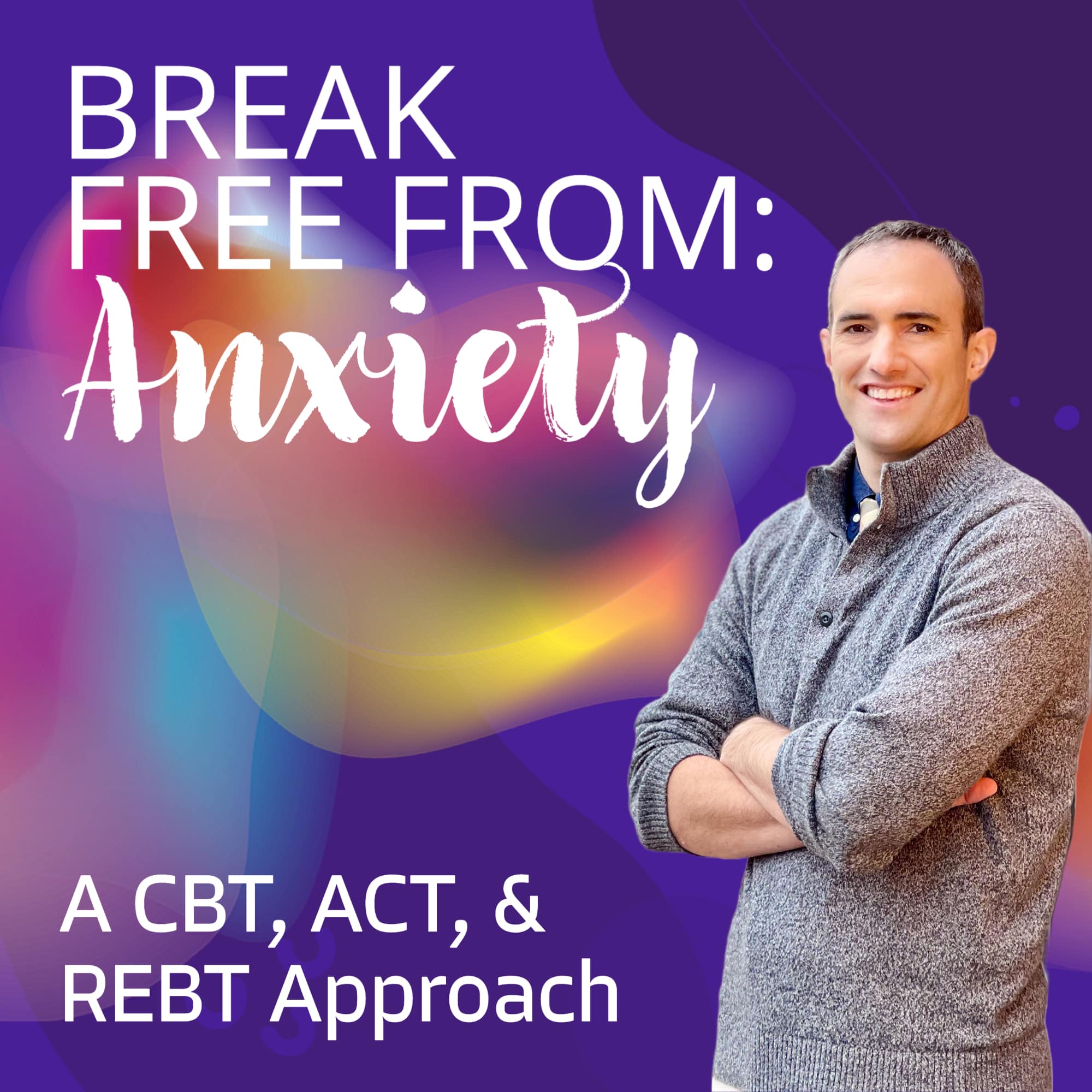Cerebellar Exercises in Training for ADHD Cerebellar activities consist of neurofeedback training, cognitive training games, physical exercise & coordination activities, and mindful meditation. These techniques are part of an evolving treatment strategy that targets underlying neurological factors associated with ADHD, offering a well-rounded and complementary approach to care.
KEY TAKEAWAYS
- Engaging in exercises such as yoga, dance, or martial arts can effectively engage the cerebellum. This can lead to enhanced neural connectivity among ADHD-associated circuits and lead to cognitive improvements.
- Exercise could potentially improve attention and working memory performance in those with ADHD.
- Exercise contributes to stress reduction and a decrease in anxiety and depressive symptoms. These conditions are commonly experienced by people with ADHD.
1. Understanding Adult ADHD
Attention-Deficit Hyperactivity Disorder (ADHD) is commonly seen as a childhood condition. However, the reality is that ADHD often persists into adulthood, affecting millions globally. In adults, ADHD may present differently than in childhood, often with more subtle symptoms and complex functional impairments.
The symptoms of ADHD in adulthood are generally characterized by persistent inattention, hyperactivity, and impulsivity. Challenges with organization, time management, and emotional regulation are frequently reported. The effects of ADHD can be far-reaching. Adults may experience professional setbacks due to missed deadlines or lack of focus.
Socially, ADHD can lead to misunderstandings, miscommunications, and difficulties in maintaining close relationships. Without proper support or diagnosis, these issues can impact emotional well-being and overall quality of life. ADHD is estimated to affect about 2–5% of the adult population, but many cases remain undiagnosed. This underdiagnosis often stems from overlapping symptoms with other mental health conditions, or due to effective coping mechanisms developed over time that mask core symptoms. As a result, many adults suffer in silence, attributing their difficulties to stress or personal shortcomings.
Adults with ADHD frequently encounter difficulties across various domains. At work, they might struggle with prioritization and follow-through. At home, forgetfulness or impulsive behavior can disrupt routines and relationships. Emotional regulation issues may contribute to increased irritability or anxiety, further complicating everyday interactions. When left untreated, adult ADHD can also result in chronic self-esteem issues and susceptibility to comorbid conditions such as depression.

Interesting Fact
ADHD was first known as “minimal brain dysfunction” because scientists thought these individuals had a type of encephalopathy that was causing the symptoms.
2. The Role of the Cerebellum in ADHD
The cerebellum, widely known for its influence over motor coordination, is now also recognized for its involvement in higher cognitive functions. Research indicates that this part of the brain is instrumental in managing attention, working memory, and behavioral inhibition—all core challenges in ADHD. Neuroimaging studies of adults with ADHD have revealed irregularities in cerebellar structure and function. These findings suggest that cerebellar dysfunction could contribute directly to the cognitive impairments often observed in individuals with ADHD.
Advanced neuroimaging techniques have identified notable differences in cerebellar activity and its connectivity with other brain regions in ADHD patients. In particular, disrupted communication between the cerebellum and the prefrontal cortex—a region critical to executive functioning—has been implicated in ADHD symptomatology. This growing body of evidence highlights the cerebellum’s influence on cognitive regulation. It underscores the importance of therapeutic strategies that target this part of the brain. Addressing cerebellar dysfunction may offer a novel path for improving attention, impulse control, and other executive function deficits.

Interesting Fact
Cerebellum means “little brain” and is located in the area at the base of your skull where your head meets your neck.
3. Cerebellar Training Approaches for Treating Adult ADHD
Cerebellar training strategies have emerged as a supportive approach in managing adult ADHD. These interventions utilize the cerebellum’s capacity for neuroplasticity to strengthen cognitive function and reduce core symptoms. By stimulating cerebellar activity, individuals with ADHD may experience enhanced attentional regulation, impulse control, and executive functioning. Various forms of training are being explored and implemented in clinical and at-home settings:
- Neurofeedback Training
- Cognitive Training Games
- Physical Exercise & Coordination Activities
- Mindfulness Meditation
Neurofeedback Training
Neurofeedback therapy involves using EEG technology to monitor and train brainwave activity in real-time. Individuals learn to recognize and modulate their brainwave patterns associated with focus, relaxation, or overactivity. For adults with ADHD, neurofeedback provides a pathway to self-regulation and better cognitive control.
Over time, individuals may gain greater voluntary command over their attention and emotional responses. Research on neurofeedback in adult ADHD shows promising results. Heinrich et al. (2007) found that participants undergoing this training demonstrated significant gains in attention and a reduction in impulsivity. Arns et al. (2009) confirmed that benefits in executive function and attention span could persist for at least six months post-treatment, validating neurofeedback as a durable and effective adjunct to traditional therapy.

Cognitive Training Games
Cognitive training games offer an interactive and enjoyable method for stimulating the cerebellum and enhancing cognitive performance. These games are crafted to improve attention, memory, and problem-solving skills through tasks that require sustained mental effort and flexibility.
What sets these games apart is their adaptive functionality. As players improve, the difficulty level increases to continually challenge the brain. This adaptive design encourages the formation of new neural connections in both the cerebellum and connected cognitive networks.
A 2015 meta-analysis by Cortese et al. reviewed the effectiveness of cognitive training in adult ADHD. It reported modest yet meaningful improvements in working memory and sustained attention, supporting the use of such games as a supplementary treatment. Although further research is needed, these games represent a low-risk, engaging way to support ongoing cognitive development.
Actionable Tip
Review the App Store for cognitive training games.
Physical Exercise & Coordination Activities
Physical exercise plays a vital role in supporting brain function and improving attention in individuals with ADHD. Activities that promote balance, rhythm, and motor coordination—such as dancing, martial arts, gymnastics, or team sports—not only engage the body but also activate the cerebellum, a key brain region involved in movement control and attention regulation. These types of coordinated physical tasks demand focus and timing, which in turn can stimulate brain plasticity and enhance neural connectivity.
For children and adults with ADHD, structured physical routines that combine movement and cognitive tasks can be especially beneficial. Exercises like jumping rope, dribbling a ball while walking, or practicing yoga flows require both mental focus and physical control. These dual demands help reinforce the brain’s executive function pathways, which are often underactive in ADHD.
Integrating coordination-based exercise into daily routines may also improve mood, reduce hyperactivity, and support better sleep—all of which can positively influence attention span and overall well-being. For best results, these exercises should be practiced regularly and ideally be enjoyable to encourage long-term adherence.
Mindful Meditation
Mindfulness meditation is an evidence-based practice that cultivates awareness and attentional control through nonjudgmental observation of thoughts, feelings, and physical sensations. It is increasingly being integrated into ADHD treatment programs. This practice is especially beneficial for adults with ADHD who struggle with distractibility, emotional reactivity, and impulsivity. Mindfulness encourages individuals to observe their thoughts without immediate reaction, thereby strengthening self-regulation and focus.
A systematic review by Mitchell et al. (2017) found that mindfulness-based interventions significantly improved inattention, emotional regulation, and even hyperactivity in adults with ADHD. These results suggest that meditation not only calms the mind but also enhances cognitive flexibility and behavioral control. However, like any skill, mindfulness requires regular practice. Participants are encouraged to approach it with patience and persistence. When implemented consistently, mindfulness can become a powerful tool for managing the multifaceted symptoms of ADHD.

4. Integrating Cerebellar Training into Comprehensive Adult ADHD Treatment
Incorporating cerebellar training into a holistic treatment plan is crucial for achieving sustained improvement. While these exercises show potential on their own, their true power is realized when integrated with personalized and comprehensive care. Cerebellar-focused interventions open new avenues for managing cognitive impairments. Their effectiveness is amplified when tailored to the individual’s unique symptom profile and used alongside established treatments.

Actionable Tip
Consider riding a bicycle, playing a musical instrument or learning a new dance movement to involve your cerebellum.
Personalized Treatment Approaches
ADHD is a complex and highly individualized condition. Therefore, treatment strategies must also be tailored to each person’s distinct challenges. A one-size-fits-all approach is unlikely to deliver optimal outcomes. Customized cerebellar interventions can address specific cognitive deficits more effectively. For example, individuals with significant working memory issues may benefit more from targeted cognitive games, while those struggling with self-regulation might find neurofeedback or mindfulness more helpful. Personalization ensures that patients receive the most effective combination of treatments for their unique needs.
Complementing Established Interventions
Cerebellar training strategies are most impactful when viewed as complementary, not standalone solutions. They work best when layered with proven interventions such as behavioral therapy, pharmacological support, and counseling. The combination of cerebellar training and traditional treatment can create a synergistic effect. For instance, pairing neurofeedback with behavioral strategies may accelerate the development of self-regulation skills. Similarly, using medication alongside physical cerebellar activities might lead to improved concentration and emotional balance. Integrating both new and established approaches empowers patients with a diverse toolkit, maximizing the potential for success.

Consistency and Practice
Building cerebellar capacity and neural plasticity takes time and consistent practice. Sporadic efforts may yield only temporary gains, whereas long-term commitment can result in lasting change. Patients must be guided toward maintaining a routine and understanding the importance of regular engagement. Healthcare providers play a key role in setting expectations, offering encouragement, and tracking progress.
Making cerebellar training part of daily life—not just clinical settings—encourages accountability. Whether it’s practicing mindfulness, engaging in cognitive tasks, or performing coordination exercises, establishing habits fosters motivation and commitment to the process.
Actionable Tip
Try a “One Foot Balance” activity. Stand on one foot, then lift the other in the air. Hold for 30 seconds. Do three sets, then change feet. Once you can do this without losing balance, look straight up while you do it. Once you can look straight up for 30 seconds, do it with your eyes closed.
Long-Term Monitoring and Adaptation
Implementing cerebellar training begins with a thorough clinical assessment. Understanding the individual’s baseline performance helps in selecting the right interventions and tracking changes over time. Ongoing assessment is essential to refine the treatment plan. Monitoring outcomes such as improvements in focus, impulse control, or academic performance allows for data-driven adjustments. Treatment should remain flexible. Modifying exercises to maintain challenge and engagement prevents stagnation and promotes continuous progress. Regular clinician-patient collaboration ensures that feedback is incorporated into evolving strategies, leading to more personalized care.
Education and Expectation Management
Clear communication and education are foundational to the successful integration of cerebellar training. Patients need to understand how and why these exercises work, as well as what they can realistically expect from them. Providing education about the brain’s plasticity and the timeframe required for change empowers individuals. It also prevents frustration stemming from unrealistic expectations. Importantly, patients should be reminded that cerebellar training is a supportive measure, not a cure.
When positioned as one component in a larger treatment ecosystem, patients are more likely to embrace it as a long-term lifestyle adjustment rather than a quick fix. Understanding the potential setbacks and normalizing them as part of the journey can enhance adherence and help individuals stay motivated even when progress feels slow.
Final Thoughts
In conclusion, cerebellar training offers a promising supplement to existing adult ADHD treatment options. These strategies work best when integrated thoughtfully into personalized, multi-modal care plans. By targeting cerebellar function through neurofeedback, cognitive games, physical movement, and mindfulness, individuals can achieve meaningful gains in attention, impulse control, and emotional stability. Over time, consistent practice and clinical support can lead to enhanced daily functioning and improved quality of life. Cerebellar training is not a standalone solution but a valuable part of a broader strategy to manage the complexities of adult ADHD. Embracing this approach may empower individuals to take control of their cognitive development and mental health journey.

 Bruce Bassi
Bruce Bassi





